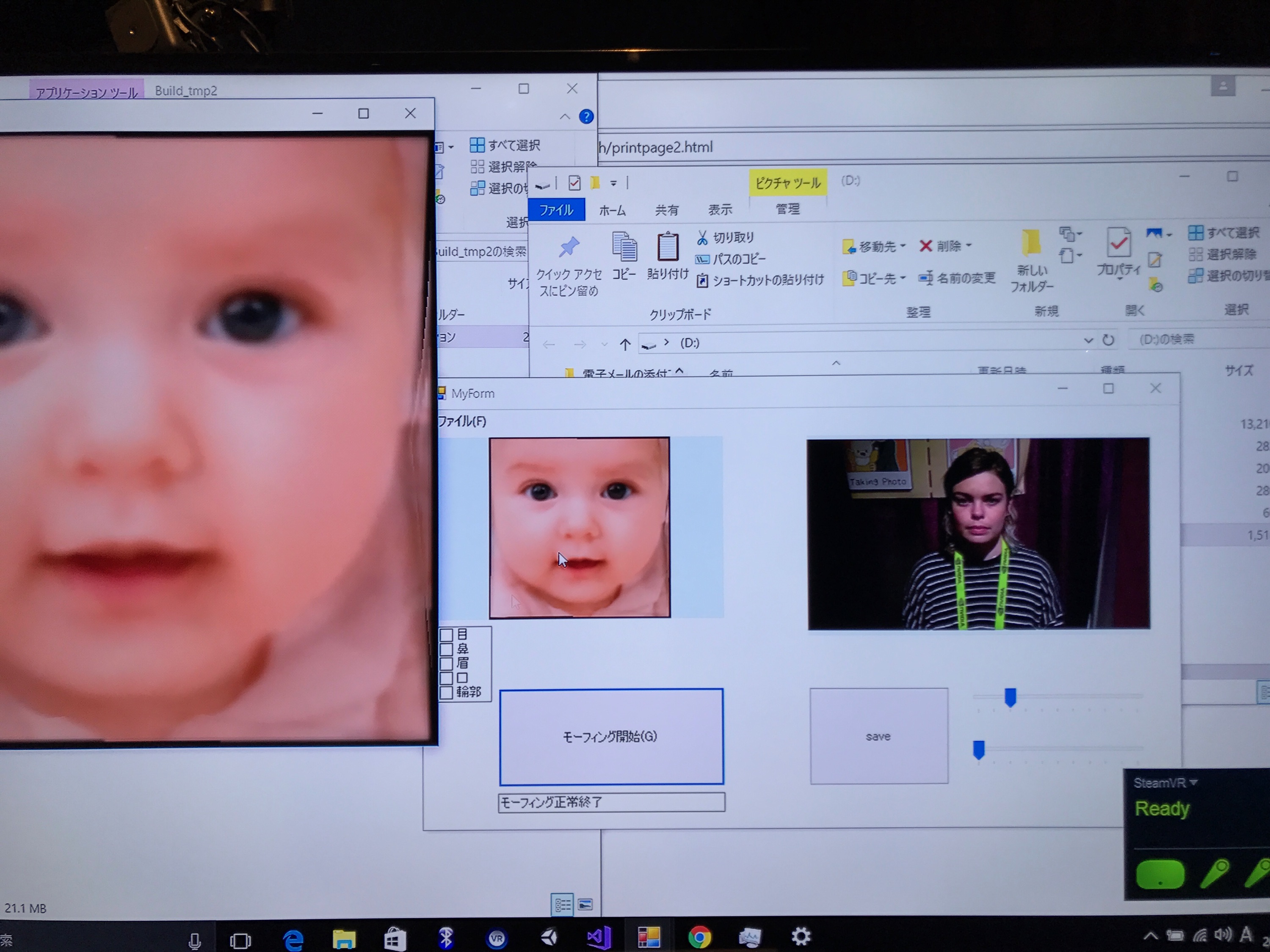‘Did You Like Your Baby?‘: VR Puts Your Face on an Infant to Make You Want to Procreate
Credit to Author: Marissa Clifford| Date: Mon, 07 Aug 2017 13:30:00 +0000
When I stepped up to the Real Baby—Real Family booth at the SIGGRAPH computer graphics conference, I was handed a sanitary facial mask with a QR code that directed me to a survey. It was time to determine my virtual baby’s characteristics.
In no time, I was answering very private—and potentially problematic—questions on a public screen: “Do you want children?” and “What is your preferred baby?” (By this, they meant “what race do you want your baby to be?”—with black, white, and asian as the only options.)
It’s a bit weird for sure, but Real Baby—Real Family is at least an attempt to address a very serious problem. The birth rate in Japan is dropping. And the gap between the elderly and the young is widening.
The hope is that Real Baby might solve the declining birthrate.
“The concept is that by seeing your own face on this child, a lot of authenticity is added to the experience,” Jeremy Kenisky, 2017 chair of Emerging Technologies at SIGGRAPH, told me.
No matter which “type” of baby I preferred, it was going to have to be a single-parented one due to a program glitch. I was bummed I couldn’t make a baby with my coworker Sarah or Michelangelo’s David, but demoers can’t be choosers. Despite admitting I don’t want children, I settled on a “Gregarious” type baby by the name of Dolores.
The team snapped my photo, sat me in front of a wooden crib, and handed me a chubby babydoll. I strapped on the VR headset. I was placed into a Jodorowsky-esque virtual reality studded with snow-capped mountain peaks, and then suddenly was alone in my virtual middle-class living room with Dolores. And she was hungry.

An omnipotent voice prompted me to pick her up. I fumbled over the top of the very real crib in front of me as though I was feeling in the dark, and hoisted Dolores into my arms. It was immediately clear that I’m bad at holding babies. But, the voice paid no mind. Pick up the bottle and feed your baby, it commanded .
I picked up the bottle to my left (a generic VR controller IRL) and tipped it towards Dolores’s mouth. She responded with happy gurgles and the bottle buzzed. I couldn’t help but giggle myself. After feeding, burping, and cuddling her, I was eventually directed to put the baby back in the crib. Virtual parenthood lasted about five minutes.
After Dolores was put to bed, I was prompted to re-answer some key questions like, “Do you want kids?” And some new ones: “Did you like your baby?”
I felt uncomfortable saying no, so I stared at the big green “YES” in my virtual living room until it registered my answer.
When I took the headset off, Professor Akihiko Shirai of the Kanagawa Institute of Technology, who had helped me with the initial survey, was very pleased. “See?” He said, having watched the whole experience on the flatscreen. “It can change your opinions very quickly.”
“If you look at a lot of medical schools right now, they’re operating on dummies,” Kenisky said, “but what they’re doing is using augmented reality to put faces on those dummies so you can get a sense that it’s an actual person.”
Shirai imagines the Real Baby program being used in schools, hospitals, and clinics, for couples expecting and school children alike. In a sense, his team has reinvented and reinvigorated the egg assignment, with hopes for not only teaching people responsibility, but for demystifying and humanizing parenting.
Personally? I’m not sure if it convinced me to have kids, but it sure was hard to say I didn’t like Dolores.